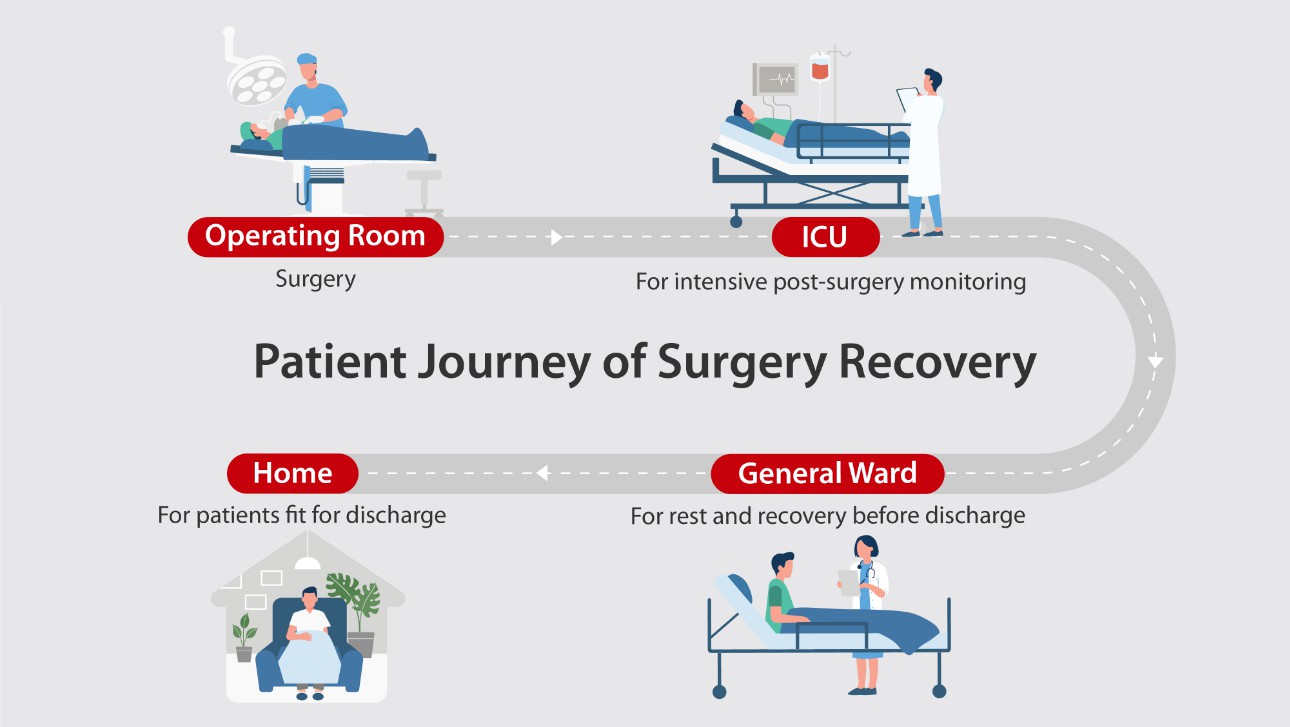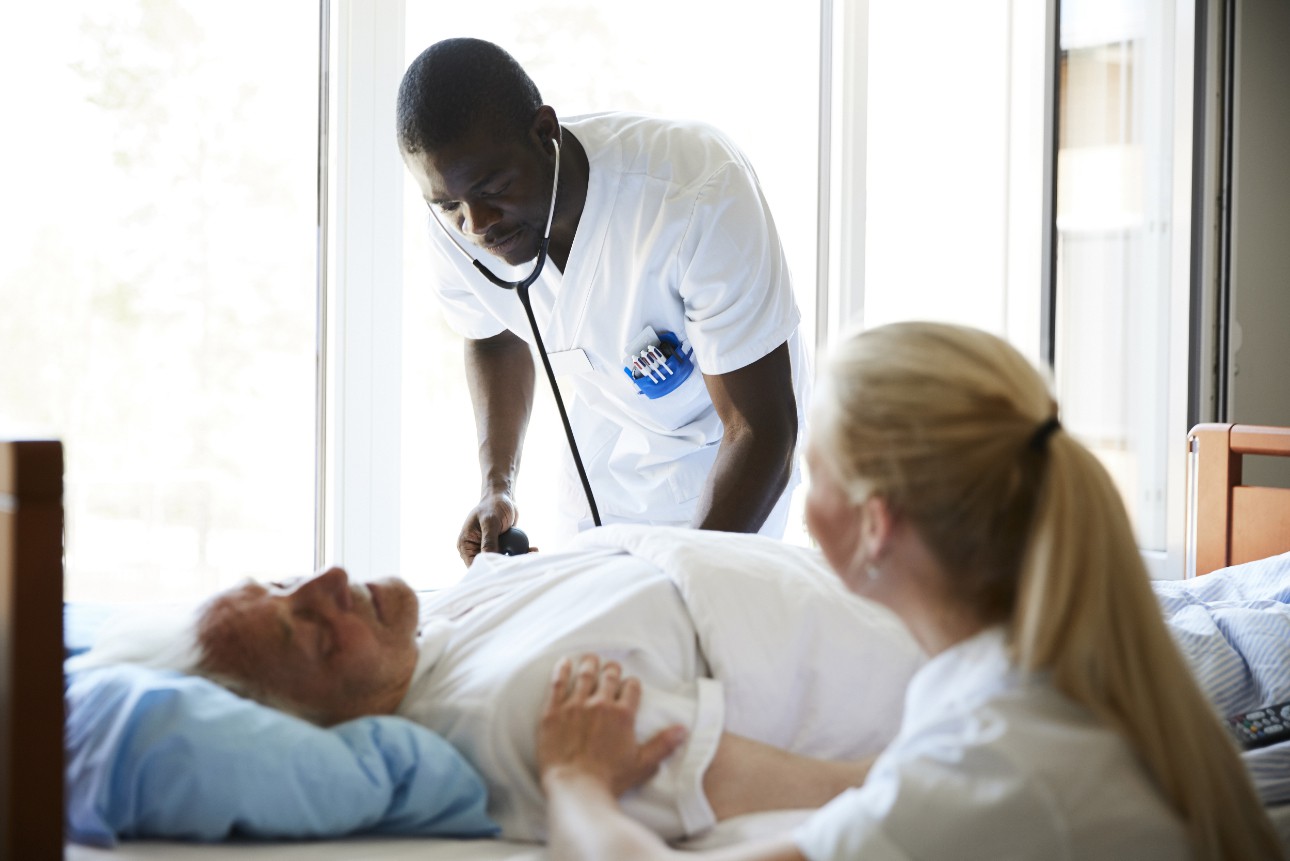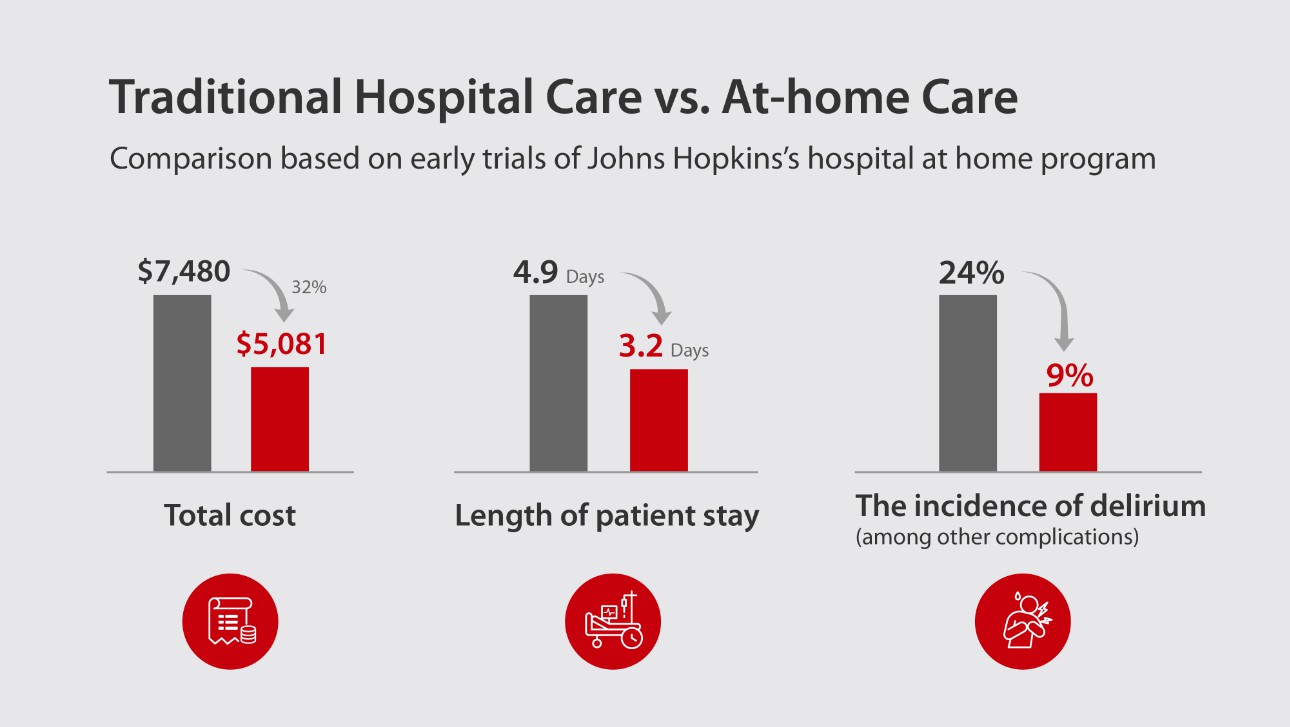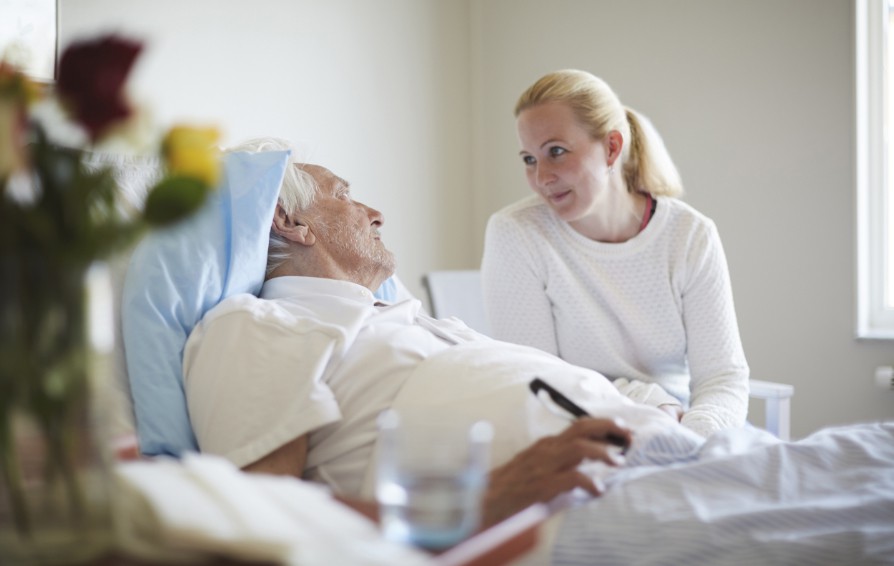Here’s the general case: a patient just finished a major surgery and being transferred to a general ward, getting ready to get on the road to recovery. If everything went well, he can be discharged and head back to his home in days. However, facing bed and staff shortage in today’s clinical practice, the patient can only receive a couple of spot checks a day and was unmonitored most of the time in general ward. He was left vulnerable to unnoticed deterioration and when the deterioration was finally noticed, it might already be too late.
In fact, postoperative complication and avoidable deaths caused by missed early intervention opportunities in hospital wards are more common than you can imagine. In a study on mortality after surgery in Europe, 73% of 1855 patients who died before hospital discharge were not admitted to critical care at any stage after surgery [1].

The question thereby arises: How can we improve the early detection of patient deterioration and improve patient outcomes?
Real-time Vital Signs on Track for Patients in General Ward
The solution can be wearable monitoring technology, a more flexible way that allows continuous monitoring for patients in general ward and nurtures better clinical outcomes. Key physiological parameters of the patient like ECG, SpO2, Resp, Temp, and NIBP can now be collected by the wearable device continually and transmitted directly to the central station for an efficient and unified management. Once abnormities were detected, alarms would be sent to the central station and medical staff were able to take actions immediately.
Clinical evidence has shown that the implementation of wireless patient monitoring could give indication to early signs of deterioration, especially for vital sign changes presented 8-24 hours before a life-threatening case occurs [2]. During the process, patients’ comfort level has also improved for less restriction for the movement.
Challenges Down the Road
Recent studies suggest that it is feasible to monitor vital signs continuously in general wards. An observational research reveals that wearable device was well accepted by patients, with 67% of patients felt safer during hospitalization, and 89% of them would like to wear it. However, Nurses’ feedback was variable, resulting in on average neutral attitude. [3]

The lower acceptability by nurses could be related to the following technical concerns during clinical application: the accuracy, usability of wearable devices and the reliability of wireless signal transmission. For example, nurses complained the large number of alerts due to malfunctions, which increased their workload to address these false alerts. In addition, signal artefacts occur from time to time when recovering patients move a lot. [3]
Fully embracing the wearable monitoring technology and adopting to its workflow calls for continuous improvements in the concerns mentioned above to satisfy the expectation of the users.
Home Hospital on the Rise: Potentials of Improved Care
The medical-grade continuous monitoring of wearable patient monitoring devices, together with its flexibility, also make wearable monitoring devices a robust tool for at-home “hospital”.
Back in 2012, Johns Hopkins developed its hospital at home program to treat elderly patients. It has been witnessed to achieve better patient outcome at a lower cost. The benefits of “hospital at home” are wide ranging amidst the global Covid-19 pandemic, and continues to roll out in Europe and North America in the post-pandemic era, given the daunting hospital capacity for accommodating patients.

Wearable is believed to be a crucial part in patient care in at-home-hospital scenarios. However, for its widespread adoption, hospital staff share similar concerns about the quality of monitoring in a patient’s home. It urges wearable devices to further being upgraded to provide comprehensive and reliable monitoring data and connectivity to earn their trust.
Looking forward: A Promising Future with Wider Application
The advent of wearable patient monitoring devices is revolutionizing traditional patient monitoring with a promising future, though technical issue and transformation need further improvement and practices. Wearable devices can help ensure patient safety in recovery and mitigate staffing shortages and exposure to infected patients. The possibilities are endless for how the innovative and evolving tech can revolutionize patient care.
—— Ralph Zhao, General Manager of Global PMLS Sales & Marketing Department, Mindray shared his expectation about the upcoming new wearable patient monitoring device.
What improvement has been made on the latest wearable device to enhance patient safety, smooth the clinical workflow and also cater to the home-hospital trend? How does it work? Get ready for the innovative features and upgrades from Mindray. Stay tuned!

Reference:
[1] Pearse R M, Rui P M, Bauer P, et al.Mortality after surgery in Europe: a 7 day cohort study[J]. Lancet, 2012, 380(9847):1059-1065
[2] Appelboom G, Camacho E, Abraham ME, et al. Smart wearable body sensors for patient self-assessment and monitoring. Arch Public Health 2014; 72:28.
[3] Leenen JPL, Dijkman EM, van Dijk JD, van Westreenen HL, Kalkman C, Schoonhoven L, Patijn GA. Feasibility of continuous monitoring of vital signs in surgical patients on a general
